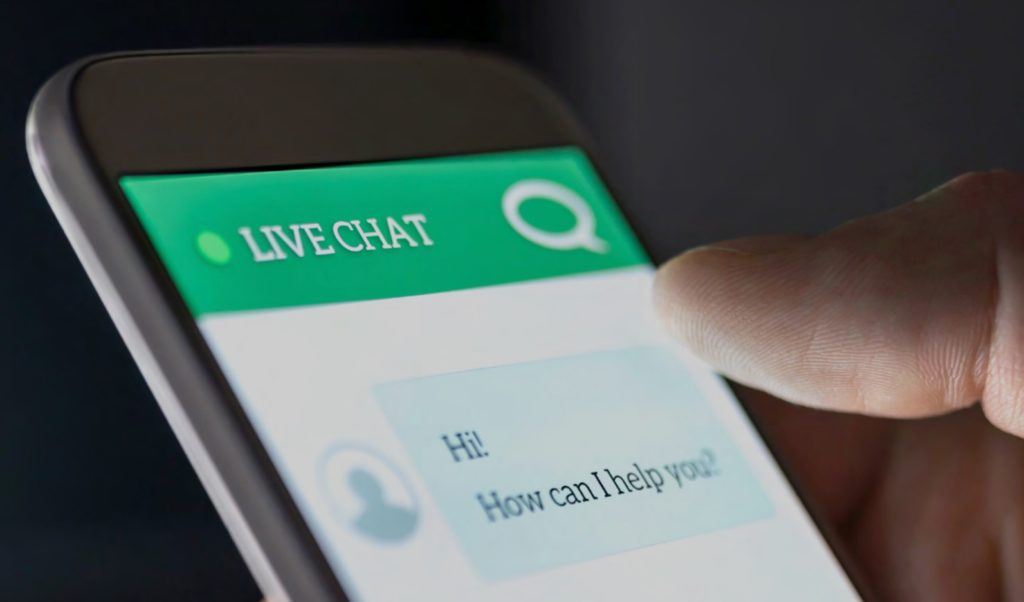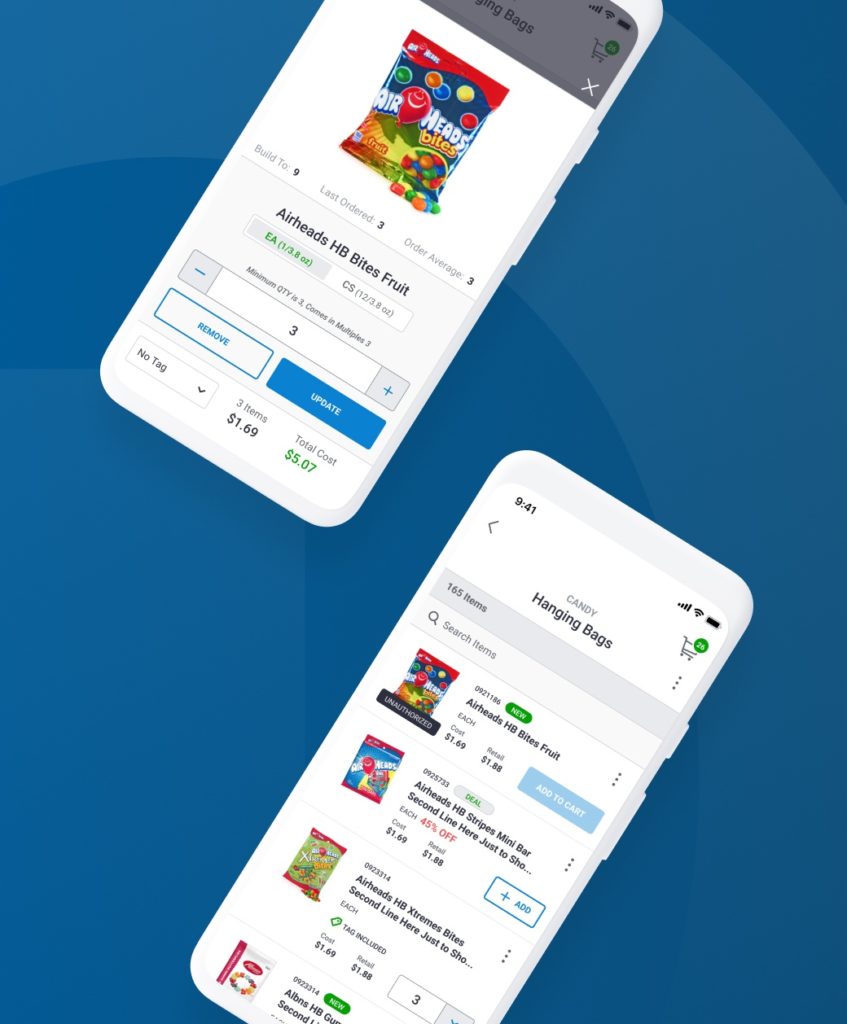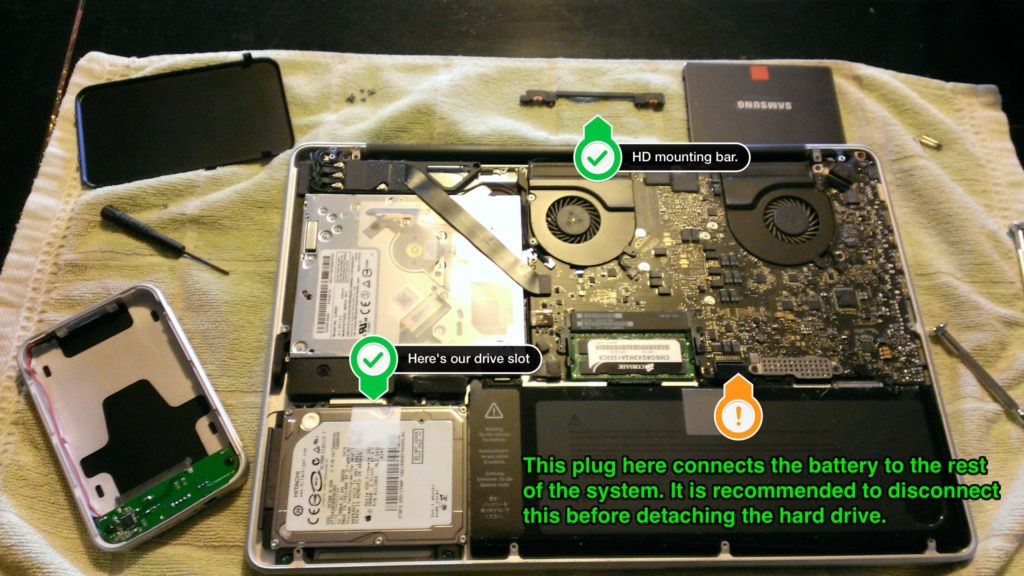Article
Meet the Demand for 24/7 Customer Service with Chatbots

As our digital world grows increasingly complex, high-quality user support has become critical. Research shows that 51% of consumers say a business needs to be available 24/7. With growing consumer bases, businesses must be able to address user needs quickly and accurately.
Responding to all your customers’ concerns and inquiries can feel like a daunting task. That’s where chatbots come in.
The Workforce Problem
According to research by INC, 44% of online consumers expect live chat service and support during the purchasing experience. It’s indicative of how commonplace these services have become. The challenge in offering live chat services is finding employees who are willing to work long hours at unconventional times. People need to rest between work shifts. Mundane work is becoming a difficult sell as more fulfilling, dynamic jobs become available.
So, chatbots need to:
- Meet the desires of consumers: having a service representative or assistant available at all times
- Meet the needs of the businesses providing these services: a cost-effective solution that can handle their base of consumers and users, which if they’re experiencing success, is probably growing rapidly

The Technology Solution
The digital assistant on your phone (Siri or Google Assistant) is one form of a chatbot. Chatbots might be programmed to detect keywords in a user’s question (like “delete” and “account” in the phrase “How do I delete my account?”). More sophisticated chatbots can also detect intent and sentiment in the user’s statements.
Chatbots can answer a user’s question based on the information contained in its database. They can give the user a link to a solution. Or, they can connect the person to a live chat representative when needed in the case of complex queries or case escalations. A basic chatbot can perform 90% of the work of a live representative, and it can do it instantly. By comparison, the average response time of a person working in live chat is 48 seconds.
Natural Language Processing
Chatbots use Natural Language Processing (NLP) to communicate. NLP software reads a user’s input (“I want a pair of yellow sunglasses”), pulls out the most important keywords or phrases (“I want” + “yellow sunglasses”), and then provides an accurate approximation of what the user wants (“Hi [customer]! Here’s a link to our yellow sunglasses: [link]”). Chatbots can also understand more complex variations and synonyms in speech. Some chatbots also detect frustration (for example, if the user says, “I want a pair of yellow sunglasses right now!” the bot can skip steps to get a customer past extra dialogs). As the fields of AI and machine learning continue to mature, chatbots will grow in complexity and sophistication.
Using the scripts companies already provide to their customer support staff, it’s easy to design use cases with NLP to offload the vast majority of your customer service needs from human agents to chatbots, freeing up people to complete more complex customer service tasks that chatbots can’t.
7 Reasons Why Your Business Should Be Using Chatbots
1. Consumers Want Fast Service
- 70% of consumers expect a less than 4-hour turnaround when sending a direct message to a business through Twitter.
- 75% of customers say it takes too long to reach a live agent.
- A 5-minute delay in response time reduces the chance of further contact. Given that chatbots can respond immediately, this risk is avoided.
2. Many Customers Prefer Online Chat Over an Agent
- Live chat has a 73% satisfaction rate, compared with 61% for email and 44% for phone.
- 75% of survey respondents would rather use live chat than speak with an agent on the phone.
- 82% of survey participants would use live chat services on their mobile devices, and 62% expect that functionality to be available.
3. Chat Functionality Drives Conversions
- 62% of people said they are more likely to make a purchase if live chat is available.
- A chat visitor is worth 4.5 times as much as a non-chat visitor, as they make 60% larger purchases on average.
- 79% of businesses say offering live chat has increased revenue, sales, and customer loyalty.
4. Chat is Effective
- 20 billion messages are exchanged per month on Facebook Messenger. Many users know the chat platform well already, so there’s no need for a new interface, as Messenger can be integrated and utilized by businesses.
- Survey respondents associated the following traits with customer-to-business chat: easy to use, anywhere and anytime, time-saving, and effective.
- Over 4 minutes are saved per chatbot inquiry compared to traditional call centers in the banking and healthcare sectors.
5. Chatbots Carry Significant ROI
- Every year, businesses receive 265 billion customer support requests and spend $1.3 trillion servicing them.
- Chatbots can yield 30 to 70% savings in customer service costs.
- Chatbots helped companies in the United States save $20 million in 2017.
6. Chatbots Are Versatile.
- In the workplace, chatbots and intelligent assistants are being used to support the following tasks: typing with voice dictation (46%), team collaboration (26%), employee calendar management (24%), email management (14%), customer service (14%), information technology help desk management (13%), and data analysis (10%).
- A survey of CIOs and CTOs showed that many have already implemented chatbots in a variety of areas: after-sales and customer service (77%), customer relationship management (54%), sales and marketing (40%), audit, finance, and accounts (11%), human resources (8%), finance (8%), supply chain (5%), research and development or product development (3%), manufacturing (3%), and information and communications technology (3%).
7. Chatbots Are Becoming More Widespread
- 25% of customer service and support operations will integrate virtual customer assistant (VCA) or chatbot technology across engagement channels by 2020.
- Google Trends data reflects that interest in chatbot technology has been growing over the past 5 years.
- 56% of surveyed CTOs report that chatbots are disrupting their industry, 43% say chatbots are already being implemented by their competitors, and 57% believe chatbots have a high return on investment.
There’s a lot more to the topic, but let’s leave it at this:
- Chatbots save businesses time and money
- Chatbots augment the capabilities of human workers, freeing them up for higher-value tasks staff
- Chatbots give businesses a headstart in a digital landscape that will become increasingly dependent on the power of AI and machine learning to serve users quickly and efficiently.








